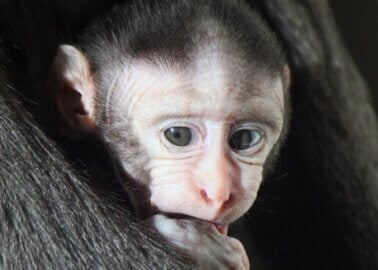Life in an Animal Testing Laboratory: An ‘Unused’ Animal’s Experience
A new Home Office report1 reveals that 5.53 million mice, rats, fish, dogs, primates, and other animals were used in science in Britain in 2017. A staggering 1.81 million of them languished in cages without being used for experiments, before eventually dying or being killed, or were killed so that their body parts could be used in experiments.

Shockingly, experimenters in the UK can call breeders and animals, with an array of specific criteria, as easily as if they were ordering a takeaway.
And any animal who doesn’t fit the “right” criteria at the “right” time can be disposed of like an unfeeling, inanimate object, treated as surplus to requirements in feeding the cruel laboratory supply chain.

Mice made up 80 per cent of the “unused” animals last year, which adds up to over 1.4 million individuals. That’s more mice than there are people living in Birmingham. But the fact that they weren’t used doesn’t mean they didn’t suffer. To identify mice, experimenters often hole-punch their ears or cut off the tips of their tails, or even their toes, causing them immense pain and suffering.

Mice are intelligent, sensitive animals. In their natural habitat, they live in complex social groups, lay a vast array of scent marks to communicate, and sing love songs as part of their courtship rituals.
In a laboratory breeding facility, there is no freedom or choice in life. Young mice are taken from their mothers at just 2 to 3 weeks of age, housed in single-sex groups, and forced to mate with an animal of the breeder’s choosing. Bright lights and loud noises add to the stress of these sensitive, nocturnal animals. Add into the mix the barren, sterile cages barely big enough for them to stand on their hind legs; daily interruptions by overbearing laboratory workers; being picked up roughly by the tail as their genitalia are inspected; being forced to live in unfamiliar social groups; and having no means of escape from dominant cagemates and it’s no surprise that mice can become excessively aggressive – to the point where they tear each other apart.
No animal should be made to live like this, denied everything that’s natural and important to them.
What You Can Do
Animals are not ours to experiment on or use in any other way. As Britain prepares to leave the European Union, it must commit to ending this breeding and exploitation of animals and instead invest in superior, cutting-edge, non-animal research methods.
[1] Home Office Report



